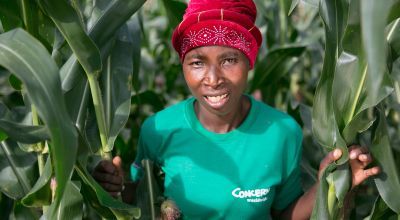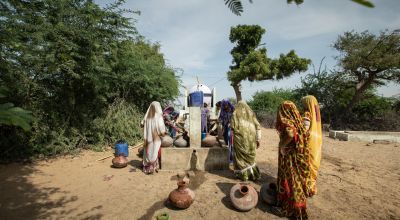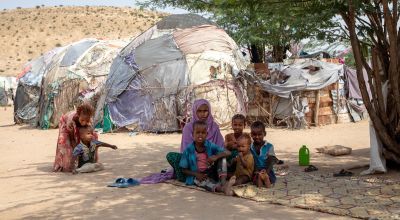
Knowledge Hub
Over 2.2 billion people globally live without access to adequate and safe water. The problem is made even worse in countries where workers depend on land and livestock for income.
An example of this is Kenya. With a population of over 53 million, 36% of people live in Arid and Semi-Arid Lands (ASAL), which make up 89% of the country; while arid counties alone covering 70% of Kenya. Among the population living in ASAL, 3 million people depend on ground water for domestic, livestock and irrigation purposes.
However, frequent and prolonged drought exacerbated by climate change have made survival difficult for these communities.
Horn of Africa drought
Currently, the Horn of Africa is enduring its worst drought since 1981, due to three consecutive poor rainy seasons. Millions across Kenya, Somalia and Ethiopia facing extreme hunger, the death of livestock and the destruction of their hard-earned crops.
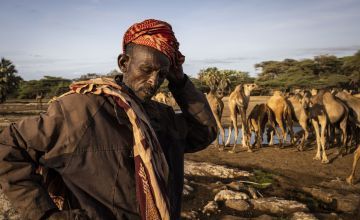
In Kenya, a drought emergency has been declared with between 80% and 90% of reservoirs and dams drying up in Turkana, its largest county in the northwest of the country and one of the hottest and driest counties in Kenya. Here, lakeside communities can no longer survive on fishing, while pastoralists are losing their livestock.
More than 1.4 million animals are believed to have died in Kenya alone as a result of the ongoing drought, with the government bringing in and slaughtering more than 75,000 weak livestock in order to share meat with more than 766,000 households in the worst affected areas.
Water sources for people and livestock have become increasingly scarce, forcing families to walk longer distances – herders are often trekking up to 30km just to find a water source. All of this means that food and water prices are soaring to unaffordable levels, resulting in rising malnutrition.
According to the United Nations Office for the Coordination of Humanitarian Affairs (OCHA), 3.5 million Kenyans are facing with hunger due to acute drought by June 2022. A fourth consecutive poor rainy season could prove disastrous.
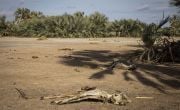
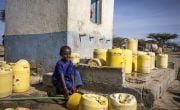
Arshad Muhammad, Concern’s Kenya Country Director, explains: “We are suffering the consequences of changed weather patterns caused, most believe, by climate change.
“Vulnerable families are at risk of starvation and the most affected are children aged under-five, the elderly and breastfeeding mothers.
“It’s very worrying when even camels, known for their ability to survive in extremely hot and dry conditions, are struggling to survive.”
How Concern is helping
As a response to the current drought, Concern Worldwide is treating people showing signs of malnutrition in Northern Kenya, as well as providing cash to families so they can buy food.
Our teams are also repairing broken boreholes and shallow wells and vaccinating livestock against diseases in an attempt to keep them alive during the drought.
We are continuing our work to improve access to adequate and safe water, largely through ground water abstraction infrastructure and enhanced adoption of sustainable water resources management practices in both developmental and humanitarian emergency contexts.

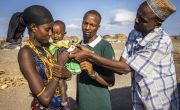
Ground water exploitation
On World Water Day 2022 in March, Concern called for all stakeholders to prioritise access to water for people living in ASAL region by appropriate use of the ground water, as well as investments to adequately utilise ground water resources.
In recent years, we have seen success in utilising optimal borehole yields, improved catchment protection and enhanced multiple use of ground water systems in the arid regions. This has seen communities access more water for both household and agro-pastoral activities.
The future of improved water availability and access in ASALs lies in regulated use of groundwater reserves and proper management. This can be attained through deliberate efforts by the county governments and other stakeholders to enhance community capacity and awareness on the importance for protection of ground water resources.
Other ways to help
Donate now
Give a one-off, or a monthly, donation today.
Join an event
From mountain trekking to marathon running, join us for one of our many exciting outdoor events!
Buy a gift
With an extensive range of alternative gifts, we have something to suit everybody.
Leave a gift in your will
Leave the world a better place with a life-changing legacy.
Become a corporate supporter
We partner with a range of organisations that share our passion and the results have been fantastic.
Create your own fundraising event
Raise money for Concern by organising your own charity fundraising event.



